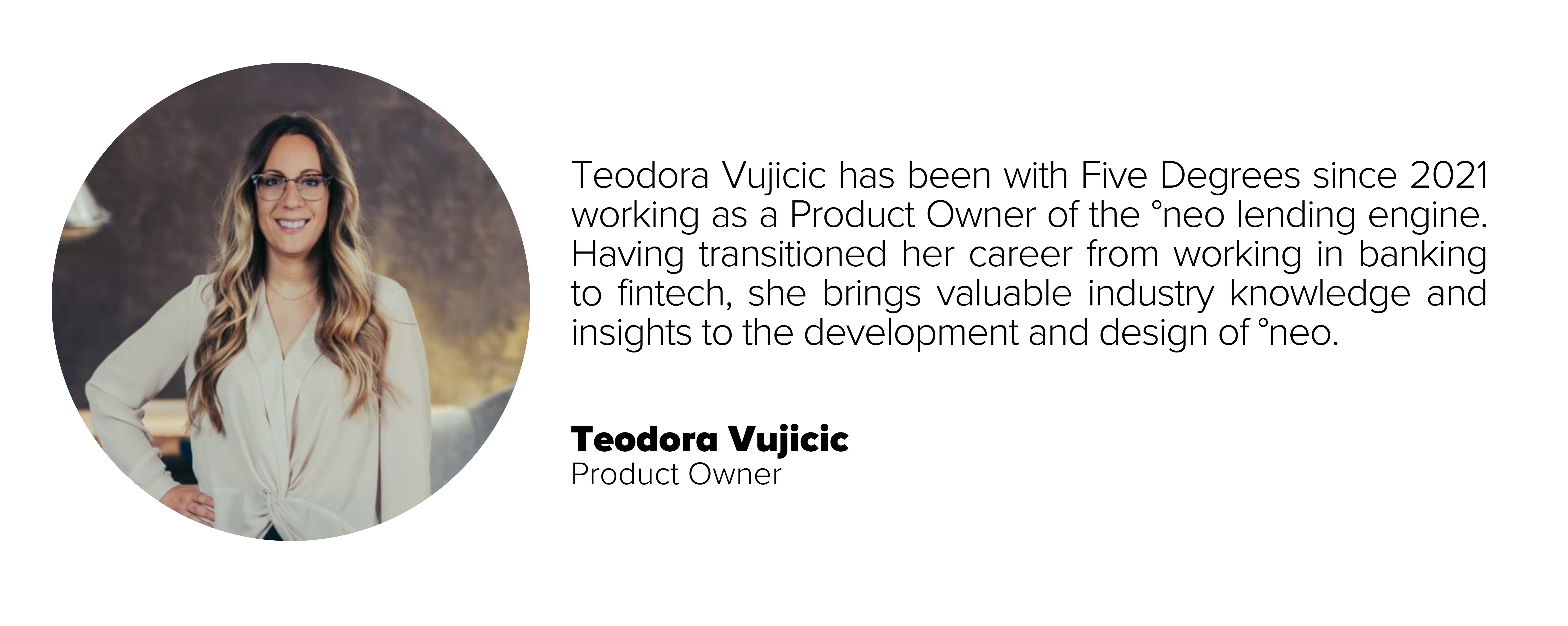Published on: March 23, 2023

Be the first to read our latest news, and get exclusive content on all things Fintech.
This is why, it has become increasingly more difficult for tech companies to make a significant impact simply due to high competitiveness. It is clear that increased competition means technology is no longer just about the 'tech.'
Today, companies must ask themselves, 'How do we stay relevant?'. In particular, as a Product Owner, I continually have to challenge myself to create designs that will help set our product apart from challengers.
As I sat in the audience of FinovateEurope, watching over 25 companies demo their cutting-edge technologies, I noticed that - being human - was a common theme, hummed in the undertone of each presentation. In addition to their impressive technologies, the demoing companies focused on the human side of technology.
Companies showed the ease and benefits they could bring to people – through increased engagement with 'user-centric' designed apps; business agility by ensuring their software is highly configurable; or just making a mundane job a little easier. Presenters like Your Juno and Merlin aim to increase financial literacy and knowledge by using sleek, engaging (and almost 'game-like') UIs to make finance more fun and digestible.
Other companies such as Ender Turing, Refine Intelligence, and Sesamm, leverage big data and AI technologies to simplify traditionally cumbersome processes (think AML, regulatory & risk management, and competitive analyses). Further, FiveDegrees, Fyndoo, and 10x focus on increasing the flexibility and configurability of core banking software to help lessen the dependency on complex rigid legacy systems.
So, how can we make technology more human? I believe the key is focusing on the end users. It is about thinking like a human, not like a computer. I know this is not a mind-blowing revelation, but from my daily experiences working with development teams, it can be easily overlooked when you're 'lost in the tech'.
The natural next question is, how can our product designs improve human engagement? What does this even mean? Here are some of my pieces of advice, which my peers also echoed during the Finovate demos:
From a Product Owner perspective, I advise considering the next generation of end users. As millennials transition into managerial and leadership roles, they will expect even more from the technologies they use – speed, reliability, efficiency, and, of course, no skimping on the aesthetics!
